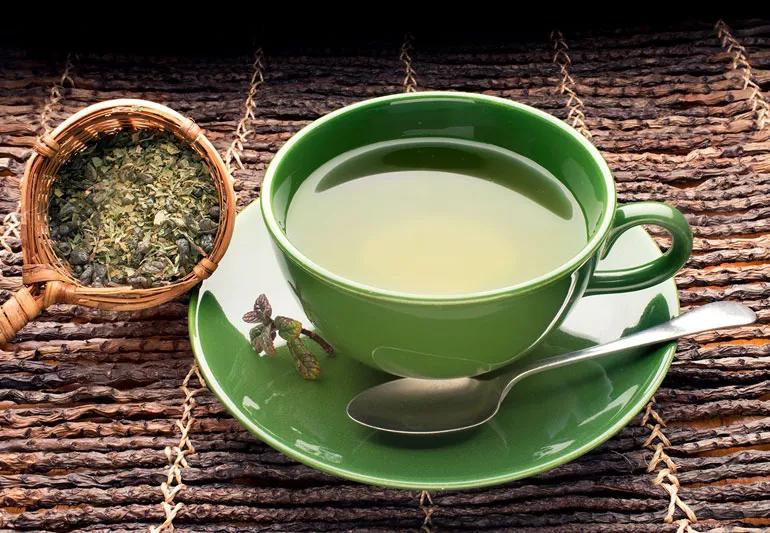Advertisement
Adjusting your diet can help fight inflammation

Can’t shake the soreness after starting an exercise program? Or maybe you’re constantly reinjuring a muscle or tendon? You put a lot of effort into your workouts, so why are you always in pain or feeling beat up after a sweat sesh?
Advertisement
Cleveland Clinic is a non-profit academic medical center. Advertising on our site helps support our mission. We do not endorse non-Cleveland Clinic products or services. Policy
The problem is likely tied to inflammation, but the good news is that the foods you eat can be part of the solution. Sports nutrition dietitian Kate Patton, MEd, RD, CSSD, LD, discusses what to eat after your workout to help you recover and feel your best.
Inflammation, a vital part of healing, is your natural biological response to a wide range of triggers. Your body tries to remove these triggers so your tissues can heal.
The classic signs of inflammation — swelling, pain, redness and loss of function — are common acute symptoms, but more chronic symptoms are a concern. Adjusting your diet can help you decrease inflammation and allow you to continue exercising.
The key to reducing inflammation is to shift your focus to a hunter-gatherer style diet. This way of eating is based on consuming clean, whole foods such as:
These foods naturally fight inflammation with an array of nutrients that are:
Adding these foods into your diet will help you fight post-workout inflammation and restore cellular function:
Advertisement
Avocados are a great source of quality fat, vitamin E, potassium and glutathione (a potent antioxidant).
Tip: Blend half an avocado into your morning smoothie for a more creamy texture.
This powerful nut is a great source of calcium, magnesium, potassium, vitamin E, glutathione and beneficial fat. Almonds promote memory and attention.
Tip: Puree almonds in your food processor for a creamy (and cost-effective) nut butter spread. Delicious on fresh fruit as a portable pre-workout snack!
This drink is chock full of antioxidants and helps decrease damage to the mitochondria. These engines in our cells digest nutrients and create energy-rich molecules for our bodies to use.
Tip: Fill ice cube trays with green tea, drop a few berries into each cube and freeze. Pop a few out to flavor your water.
Sea vegetables are an excellent source of minerals such as selenium, magnesium and sometimes calcium and iodine.
Tip: Seaweed chips too strong for your liking? Chop and simmer sea vegetables in soups and stews for a subtler flavor.
It’s the MVP of the brassica family and one of the most powerful detoxifying agents in grocery stores. All veggies are beneficial, but broccoli stands out. Its sulphoraphane and glutathione are reported to help protect your brain from excessive inflammation.
Tip: Roast broccoli on a baking sheet instead of boiling or sautéing it for a delicious crunch. Drizzle with an oil you’ve never tried before, like walnut, almond or avocado oil for a new spin on flavor.
It’s easy to start working these foods into your diet, if you’re struggling try:
Advertisement
Advertisement
Learn more about our editorial process.
Advertisement

Somatic yoga focuses on the sensation and experience of movement — not striking perfect poses

Being truly present in your body while you work out may reduce stress, heal trauma and more

Somatic Pilates is less form-focused and more experience-focused

Exercising and stretching your lower back, hamstrings, hips and quads can greatly improve your physical well-being

Perfecting the squat before trying a lunge can start you off on the right foot

Good form is essential for dumbbell rows, which work out your mid- and upper back

Building your endurance and confidence, plus giving yourself plenty of time, are key

Strengthen your gluteus maximus, medius and minimus with bridges, fire hydrants, reverse lunges and more

If you’re feeling short of breath, sleep can be tough — propping yourself up or sleeping on your side may help

If you fear the unknown or find yourself needing reassurance often, you may identify with this attachment style

If you’re looking to boost your gut health, it’s better to get fiber from whole foods